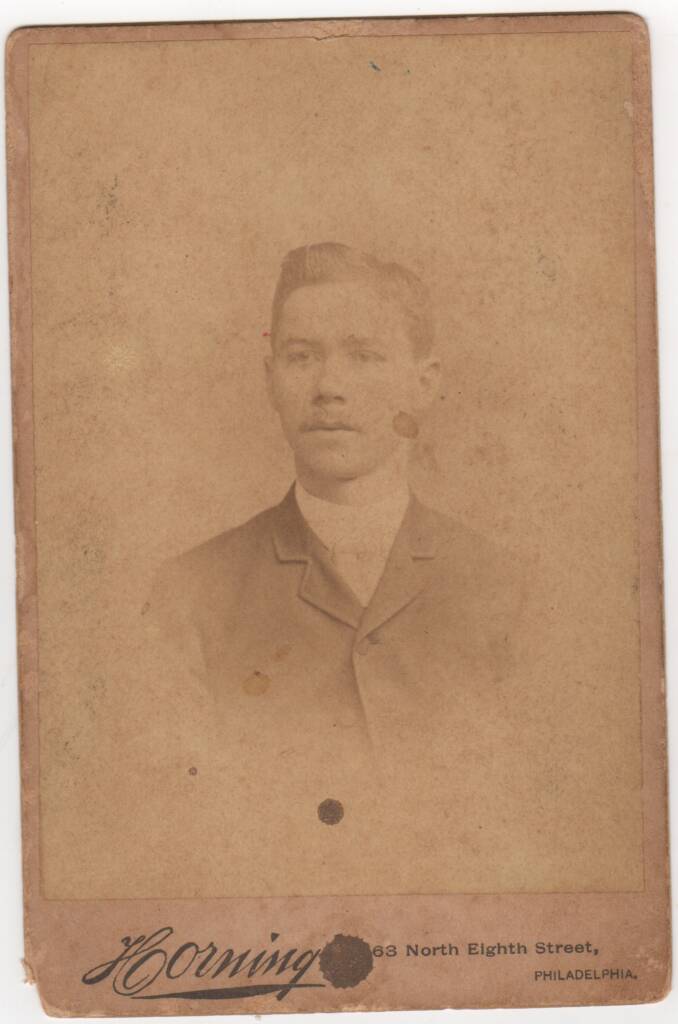Henry Joseph Sterling (1866-1947) was born in New Jersey to Scotch-Irish parents and worked in a cotton mill as a teenager. He married Mary Elizabeth Tucker (1865-1918) of Maryland in 1887, who bore him a daughter, Ethel E. Sterling, in Pennsylvania in 1891.
Sterling was working as a textile designer in Chester, Pennsylvania when he read about Henry Flagler’s extension of his Florida East Coast Railway south from West Palm Beach to Fort Dallas (Miami). Seeking new opportunities, Sterling quit his job and used his savings to purchase land from Flagler’s Model Land Company. In early 1896, he brought his family to the area known as Linton, two years before it was renamed Delray.
Henry Sterling helped to found Delray. He established the Sterling-Russell Commissary on Atlantic Avenue with 42 pounds of “groceries” (dry goods) shipped by rail from Jacksonville to supply local pioneers and trade with Seminoles, who lived in the Everglades. His partner, Russell, left after about a year, as did many other settlers after the first season’s freeze left nothing to put in the packing house. Sterling, however, had faith in Florida’s future. In promoting its real estate, he said,
The weather is worth a million dollars an acre. I had never done any carpentering, but I must have a house right now, a roof to go over my furniture, my stock of groceries soon to arrive from the north. I went to work with a hammer, saw hatchet, level, and a square, and with the help I could get from neighbors, I had my house and store constructed in due time. There was no dentist, no doctor, no blacksmith, no undertaker. I filled all such capacities; I pulled teeth, shod horses, visited the sick, and buried the dead; doing things which in my boyhood days I never expected to be called upon to do.
Henry Sterling
Sterling was the ultimate American entrepreneur, founding and investing in just about everything a “start-up town” would need: retail establishments, banks, lumber yards, a cannery and packing houses, and even a plant to produce ice to cool produce and seafood heading north on Flagler’s railroad. He was a successful farmer and shrewd investor who once owned much of the land near the core of Delray Beach.
To grow the local agricultural economy, Sterling built the largest canning factory plant south of Baltimore, Maryland, along the Florida East Coast Railway tracks. His business acumen drew the attention of Henry Flagler, who purchased the factory so Sterling could invest in other businesses. By 1898, the area served by Sterling’s processing plants was the epicenter of South Florida’s agricultural economy.
When Palm Beach County was established in 1909, Sterling offered to donate some of his land if the county seat was to be in Delray; it was not.
Sterling developed property during the 1920s land boom, including the Casa Del Rey Hotel. During segregation, he donated land for the first church for white residents at Atlantic and Swinton avenues and more than a city block for the recreation of African American children.
By 1930, the Sterlings moved to their oceanfront home, Sea Lure, which would become Sandoway Park.


